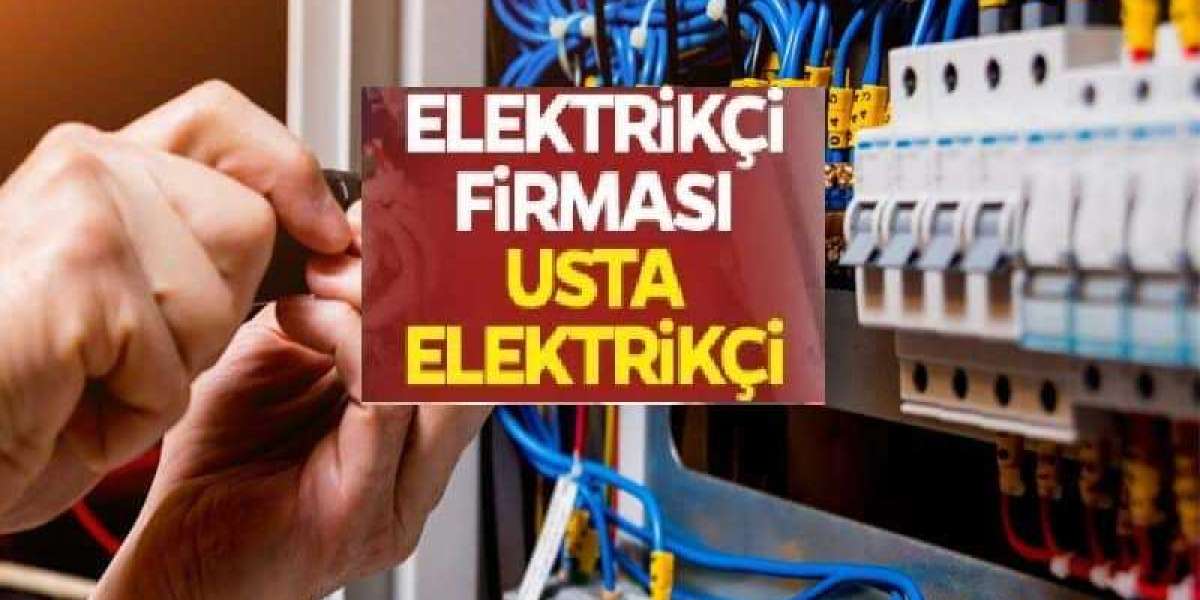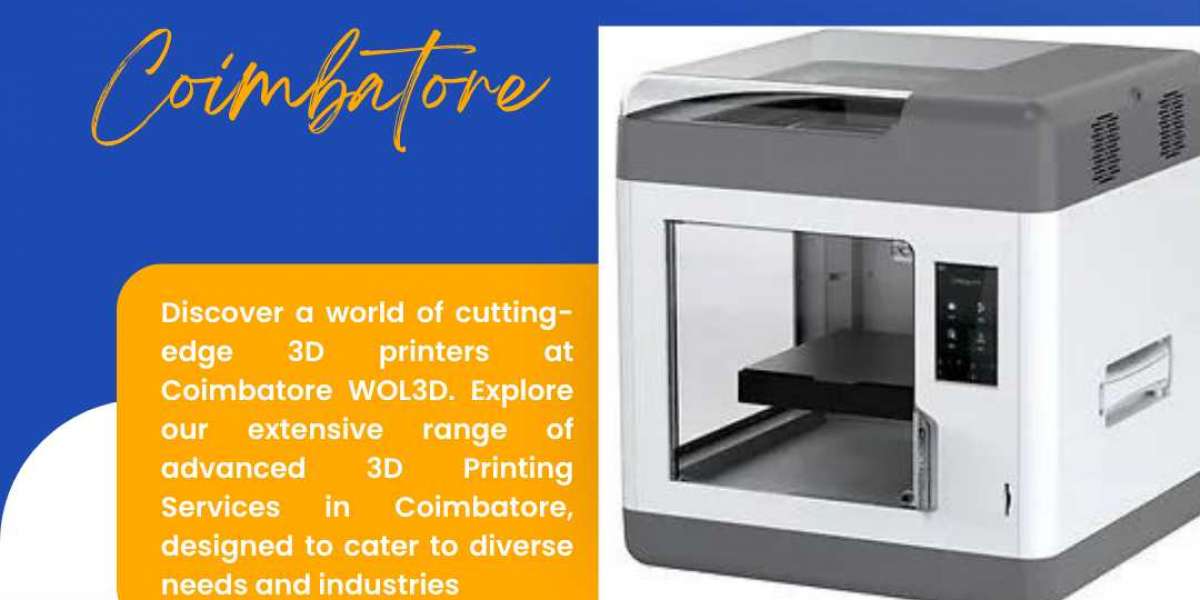Fractional investing is an game-changing innovation allowing assets from real estate to sports teams to be co-owned by groups of regular investors. By reducing capital requirements, fractional models grant more people access to wealth-building opportunities with less money than previously possible. This represents a paradigm shift in asset ownership and investing set to only accelerate.
What is Fractional Ownership?
Fractional ownership enables expensive assets to be divided into affordable shares. These shares are then sold to distributed investor groups rather than requiring a single buyer, creating a shared ownership structure. For example, shares representing fractional ownership in a skyscraper could be sold to 1,000 different investors. Each owns a fraction rather than the entire asset.
Widening Access to Alternative Assets
Here are some of the significant advantages fractional ownership introduces compared to traditional models:
Lower Barriers
Minimum investments into assets drop from millions to hundreds even, allowing more people to participate.
Diversification Across Assets
Fractionalization means individuals can allocate capital across more assets and geographies - reducing risk through diversification.
New Asset Categories
Whole new alternative assets like infrastructure, farmland or sports teams become investable because of fractionalization.
Trading Liquidity
Fractional owners can trade shares on marketplaces, eliminating previous complete illiquidity for assets like property. This adds an exit mechanism.
Transparency
On-chain data offers real-time transparency into asset performance like occupancy rates, cash flows earned, energy output etc.
Automated Administration
Smart contracts automate cumbersome tasks like tracking owners, distributing payments, compliance and reporting.
As these upsides demonstrate, fractionalization drastically expands access and opportunities in lucrative categories previously reserved for high net worths and institutions.
Real World Fractional Use Cases
Many asset categories are already seeing game-changing fractional innovation emerge:
Real Estate
From apartments to hotels to offices, fractional real estate investing is surging in popularity as it allows anyone to own fractions of properties.
Infrastructure
Roads, power transmission lines and EV charging networks are being financed and owned fractionally to tap public interest.
Sports Teams
Fan participation in sports franchise ownership is rising as teams like the Green Bay Packers explore selling fractional equity to broaden their owner base.
Venture Capital
Platforms now exist allowing exposure to coveted Silicon Valley startup investments in fractional chunks like $100 a piece.
As blockchain and tokenization standards progress, expect more niches like farmland, airplane leases, or music royalties to build fractional finance models too.
The Outlook for the Fractional Future
The outlook points to a future where fractional investing becomes normalized for assets across domains like property, alternatives, and beyond. While still early days, the groundwork is being laid for a fundamental overhaul of legacy capital access barriers that prevented diverse ownership opportunities. The ripple effects from broader fractional participation promise to redefine wealth creation for the digital era.









